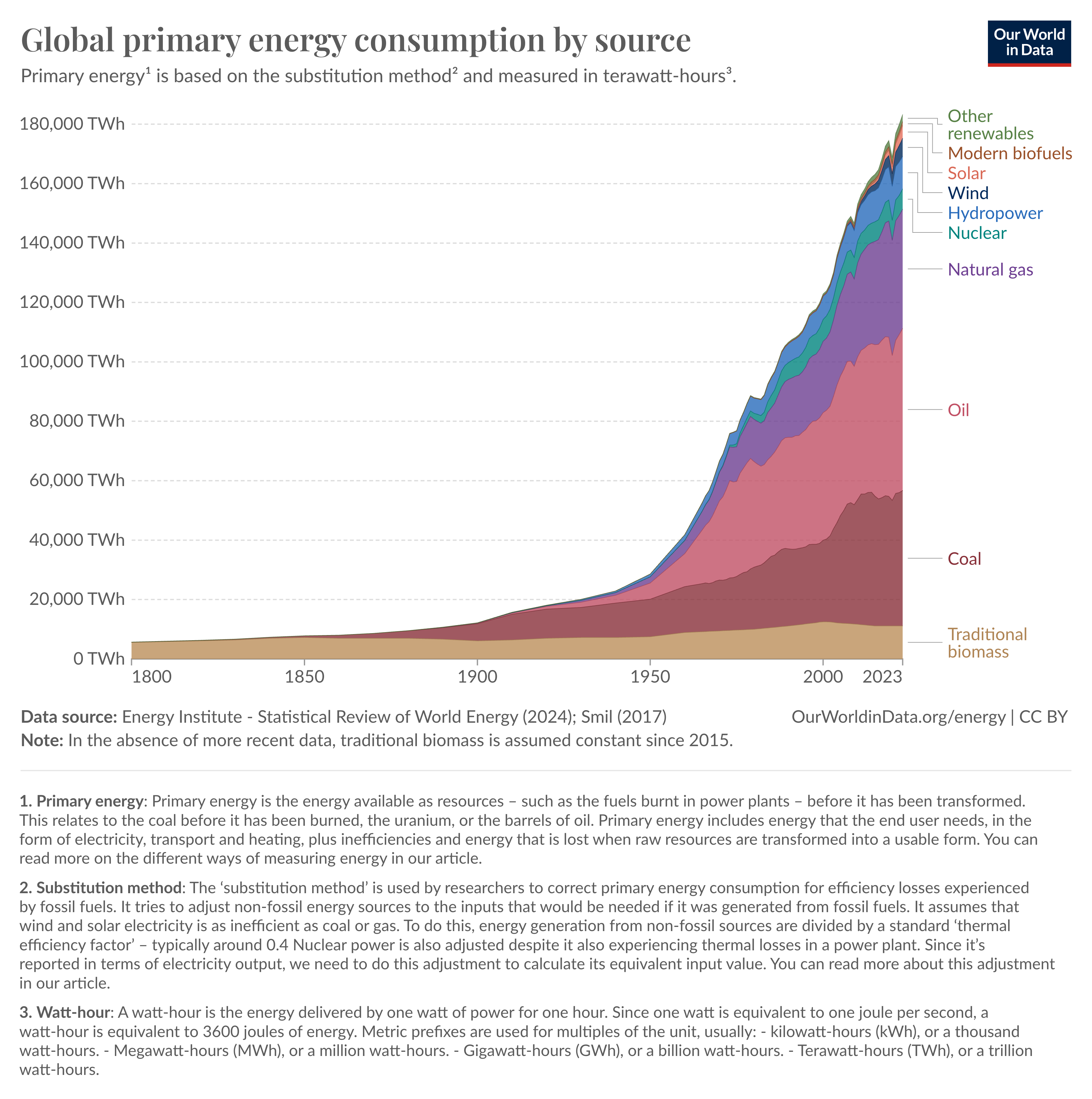
Hydropower generates more energy than any other renewable source. In 2023, it produced 11,014 TWh of energy, nearly three times the amount generated by solar energy and twice the amount produced by wind energy. Our article covers everything you need to know about this eco-friendly energy source.
What is hydropower energy?
Humans have been using the power of water for thousands of years. For instance, watermills were used by the ancient Greeks, and the Egyptians used the Archimedean screw for irrigation. Thanks to technological advancements, we have discovered more efficient methods to harness the power of water. The first hydroelectric project in the world powered a single lamp in Northumberland, England, in 1878. But what exactly is hydropower? According to the Department of Energy, it can be defined as follows:
"Hydropower, or hydroelectric power, is a renewable source of energy that generates power by using a dam or diversion structure to alter the natural flow of a river or other body of water. Hydropower relies on the endless, constantly recharging system of the water cycle to produce electricity, using a fuel—water—that is not reduced or eliminated in the process."
In simple terms, hydropower is the process of converting the kinetic energy of water into electricity using turbines and generators. It became one of the most important green energy sources since it generates more energy than solar and wind energy combined.

Source: ourworldindata.org
How do hydropower plants work?
Hydropower plants are environmentally friendly, sustainable, and efficient methods of generating energy. There are three main types of hydropower plants:
Impoundment facility
The impoundment facility is the most commonly used hydropower plant. It stores large amounts of river water in a reservoir, which is then released through turbines. The kinetic energy of the water turns the turbines to generate electricity.
Run-of-river (diversion) facility
A run-of-river facility can generate hydroelectric power without needing a dam. It directs part of a river through a canal where turbines are placed. The natural flow of the river water turns the turbines to produce energy.
Pumped storage hydropower facility
A pumped storage hydropower facility stores energy by pumping water to an upper reservoir when electricity demand is low and generates electricity by releasing the water to turn a turbine when demand is high.
Pros and cons of hydropower
Hydroelectric power is the most widely used energy source and offers numerous benefits, along with some drawbacks. Let’s examine the pros and cons of hydropower.
Advantages of hydropower:
- Hydroelectric power is a renewable energy source, making it a sustainable option for electricity.
- Unlike solar energy, it can provide power day and night.
- Pumped storage hydropower facilities can store renewable energy without needing batteries.
- Most countries can produce hydropower domestically.
- Although initial costs may be high, operating costs are generally low.
Disadvantages of hydropower:
- Hydropower plants can disrupt local ecosystems and have long-lasting negative effects.
- They may require the relocation of local communities.
- While accidents at hydroelectric power plants are rare, they can occur and lead to fatalities.
- Some areas cannot use hydropower due to insufficient local hydrology.
- The initial cost can be extremely high.

FAQ
What is hydropower electricity?
Hydropower electricity, also known as hydroelectricity, is produced by converting the kinetic energy of water into electricity.
Is hydroelectric power the same as hydropower?
Yes, hydroelectric power and hydropower are synonyms.
Where does hydropower get its energy from?
Hydropower derives its energy from using water to turn turbines, and the movement of these turbines generates electricity.
When was hydropower discovered?
Hydropower has been used for thousands of years. However, the first modern hydropower technology was introduced in 1878 to power a lamp.
Why is hydropower renewable?
Hydropower is considered renewable because it relies on the natural movement of water, which is driven by solar energy.
Where are hydropower plants located?
Hydropower plants are situated in locations where local hydrology is suitable, typically near rivers with significant altitude changes.
Conclusion
Renewable energy sources are the future as fossil fuels are depleting. Although the transition may take decades, we need to boost the proportion of green energy sources. Hydropower is a reliable, efficient, and sustainable energy source that can:
- store energy without batteries,
- be available at any time of day and
- operate at a low cost.
Given these advantages, hydropower plants are likely to remain relevant in the years ahead.
